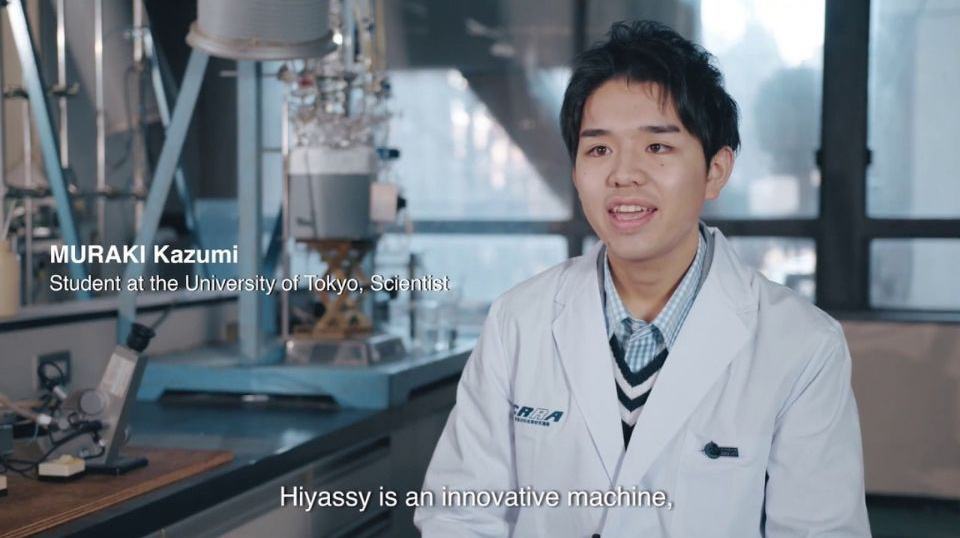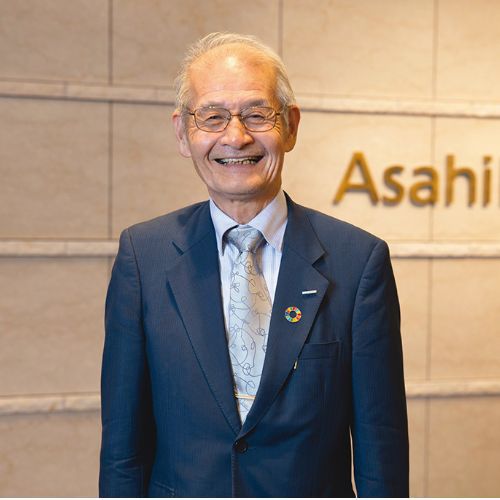Inventor of a suitcase-shaped device that collects CO2 from the atmosphere, 19-year-old Japanese scientist MURAKI Kazumi’s ambition is to research ways to stem global warming and generate energy from CO2
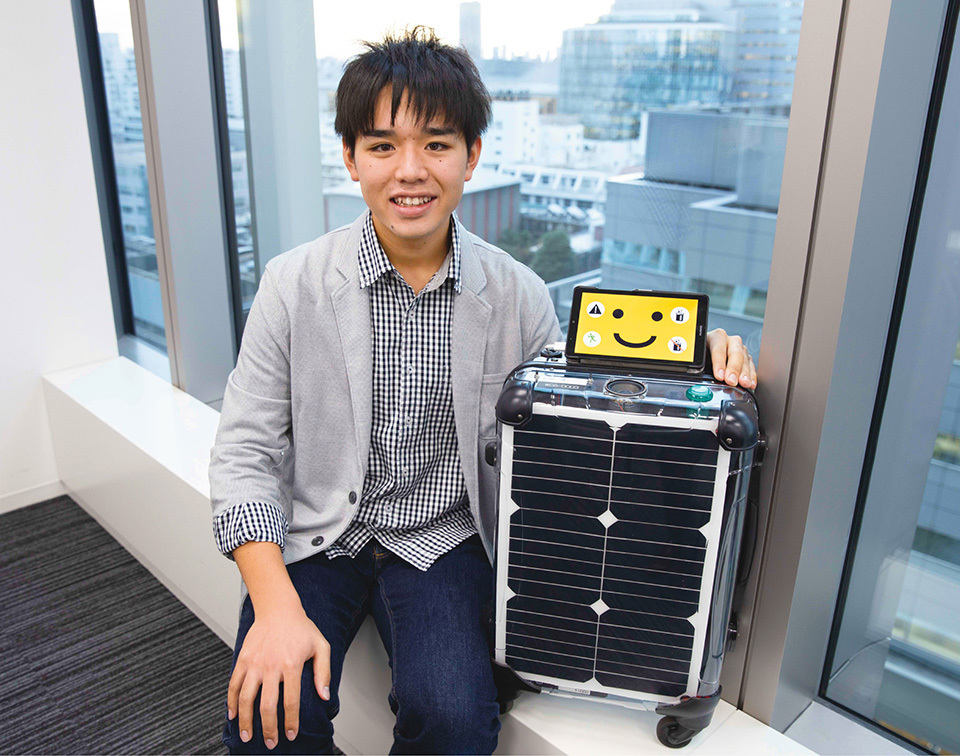
Born in 2000 in Yamanashi Prefecture, MURAKI Kazumi is a student at the University of Tokyo. He founded and became president of the Carbon Recovering Research Agency, CRRA, a research agency conducting integrated research ranging from methods for stemming global warming to colonization of Mars.
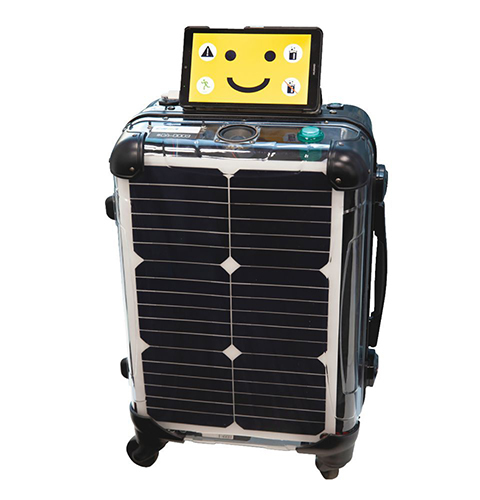
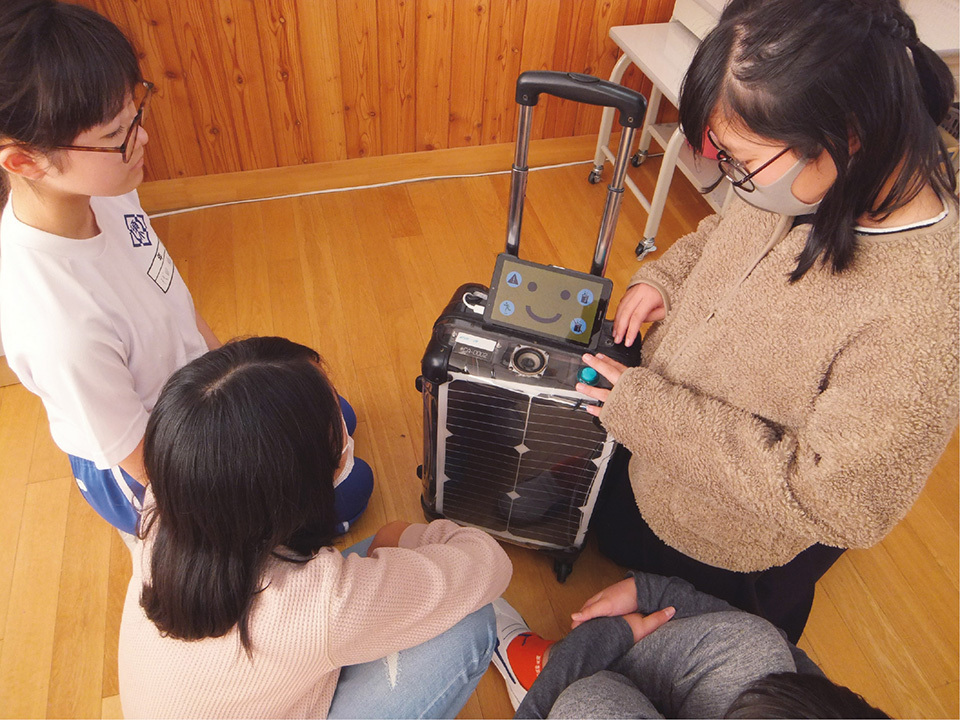
CARS-α, which has a lovable face, can even have a conversation with you! The units are proving to be a big hit with children. It is hoped that they may inspire thinking about global warming.
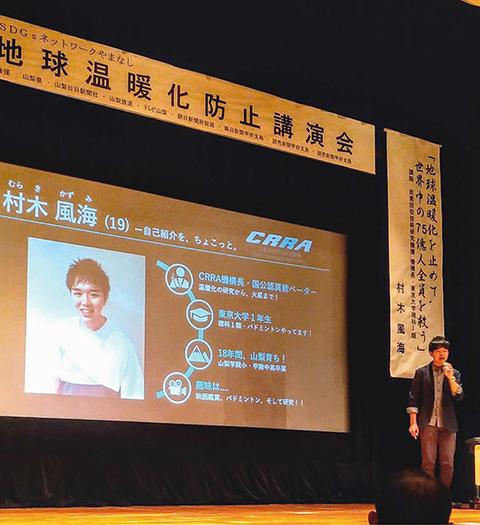
It is not only in research that Muraki works to stem global warming. He is also widely active in promoting understanding at symposiums and the like.
Global warming is one of the most serious challenges humanity faces. While scientists around the world are grappling with this problem, the ideas of a university student only 19 years old could possibly change our future.
MURAKI Kazumi, who is currently proceeding with his own private research on CO2 while attending the University of Tokyo, has loved science since childhood. Inspired by reading a book by Professor Stephen Hawking at the age of 10, he has developed an interest in Mars and knows that for humans to live on Mars, it is first necessary to remove the CO2 blanketing that planet’s surface. The more he studied about CO2, the more impressed he was with the giant potential hidden in this substance. But he also was troubled by the shocking truth that global warming is not stopping. His thinking about how he could contribute, led him to focus not on curtailing CO2 emissions but on collecting it. It is a technology that someday could also lead to his dream of humans living on Mars.
At the age of 15, just one year since his initial concept, Muraki had developed a CO2 collection robot “CARS-α (Carbon dioxide Air-Recovering System version Alpha).” The CO2-absorbing liquid contained inside the device, made from a modified small trolley suitcase, is able to collect six liters of CO2 in one hour at the press of a switch. The lightweight and portable device is intended to be used widely in ordinary households just like an air purifier. One extra special feature is an AI-loaded tablet fitted to the top of the case. When it is switched on, you can enjoy talking with an adorable character with a yellow face that was also designed by Muraki. That idea was also born out of his commitment to the spirit of a device that individuals can use in everyday life.
“I think that in order to solve the problem of global warming, we must begin by changing how we think about the issue. We tend to feel helpless when confronted with a global-level problem, but with this device in our homes, I’m sure we could begin to feel like agents of change. The idea of the 7.5 billion people on Earth having the power to stem global warming with a press of a switch is far more attractive than some scientists grappling with specialized endeavors that hardly anyone understands, don’t you think?” Muraki says with a broad smile.
The device isn’t completely ready for practical use yet, but the CARS-α is being lent out to places like a city government office and schools, providing ample opportunity for data collection and field testing. In tandem with CARS-α, Muraki is developing a device to reuse the collected CO2 as a functional gas and as dry ice. And pursuing an even bigger concept, he aims to generate ethanol from CO2 to use it as a fuel for motor vehicles, etc. Apparently, his mind is filled with many more ideas on how to deliver the hidden potential of CO2 to the real world.
Muraki says his dreams are to rescue all 7.5 billion people by stopping global warming and to experience setting foot on Mars. “But even if the day came when people could go to Mars, nothing could be sadder than if our planet were facing ruin at that time. I am going to do everything I can for our planet’s future, and someday, I want to be in schoolbooks around the world as the ‘man who stopped global warming.’”


























